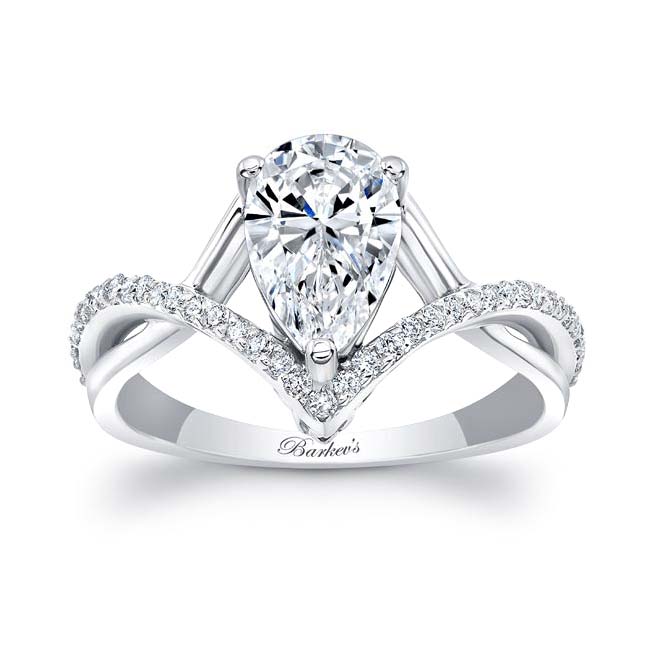Diamonds aren’t just gorgeous cut gems that look great mounted on your finger. They’re also tough. A diamond can withstand 2 trillion pascals of pressure, or five times that of the Earth’s core.
For this reason, natural diamonds form under millions of years of pressure deep in the earth. It’s part of the symbolism when buying one — long-lasting jewel, a long-lasting marriage.
Unfortunately for natural diamonds, they’ve got tough competition in a younger, man-made twin: lab-grown, artificial diamonds.
Lab-grown vs. natural diamonds: what’s the difference? Join us as we discuss whether lab-grown diamonds are silly fakes or a veritable contender in diamond jewelry.
Lab-Grown vs. Natural Diamonds
How do diamonds form? Pressure and carbon are only part of the equation. It takes a specific set of circumstances for it to appear in nature, or in a lab.
Let’s examine how planet Earth makes them, and how it’s possible for scientists to replicate the same thing. Then we’ll look at how they compare.
How Natural Diamonds Form
Diamonds love two things: heat and pressure. They started forming in the past 1-3 billion years, from 90-400 miles beneath your feet. That’s right, some diamonds are just a couple billion years shy of the Earth’s 4.8-billion-year existence.
Pressure increases to 45,000 times that of sea level at these depths. That’s 750,000 PSI, hundreds of thousands of times the pressure in your car’s tires.
The heat here reaches over 2,100°F, the range where human forges start out. This creates a pressure cooker of sorts.
Carbon atoms, such as sequestered carbon dioxide, build tight bonds here and become diamonds. They need this Goldilocks zone of pressure and heat, otherwise, they will not form.
Diamonds then have to get up to the crust where we can dig them out. They ride on a unique flow of magma known as kimberlite, which only erupts in special volcanic vents known as pipes and diatremes.
This is key, since magma can melt diamonds back down to graphite. The diamonds reach the surface quickly and then cool, becoming the hard-as-nails gemstones we mine from the earth.
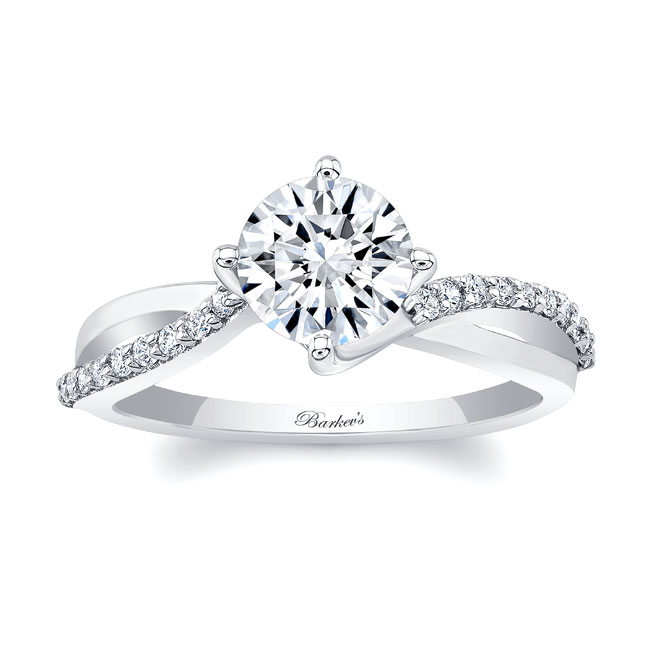
Where Do You Find Diamonds?
Miners locate those kimberlite pipes and break them apart. Most of the diamonds they recover are not gem quality, so we use them for diamond blades and drill bits.
A small fraction becomes the gems you see at your local store. For every 200 tons of rock and mineral removed, you get one carat of gem-grade diamond. Think of that next time you’re choosing an engagement ring!
In some cases, water erodes the diamonds from their kimberlite prison. They then take a tour downstream through alluvial deposits into your streams and rivers.
Russia, Botswana, Canada, and South Africa are some of the biggest natural diamond producers. But what about lab-produced diamonds?
How Lab-Grown Diamonds Form
Lab-grown diamonds have been around since the 1950s. Scientists make them by mimicking the natural formulation of diamonds in the Earth. There are two main ways to make them:
- High-Pressure High Temperature
- Chemical Vapor Deposition
Both processes occur in a lab under precision-controlled circumstances. It can take between a few days, and 1.5-2.5 months to form these rough diamonds. That’s billions of times faster than Mother Earth can do it!
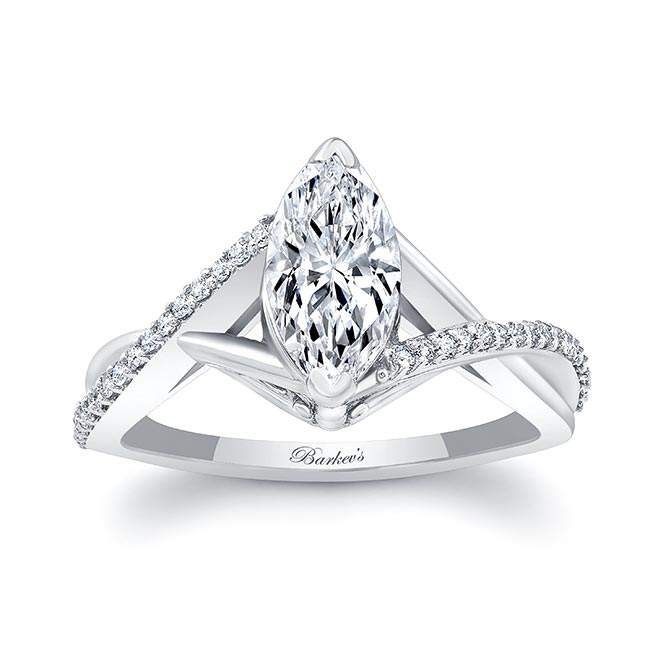
High-Pressure High Temperature (HPHT)
The name says it all. A machine compresses carbon material under approximately 870,000 PSI and 1,300-1,600°C of heat.
These conditions approximate the conditions in Earth’s molten mantle. It also prevents breakage and yields more diamonds without the excess mineral buildup.
It’s important to understand that not all diamonds survive natural formation. Many of them get crushed or melted down. In this artificial crucible, they get a fighting chance.
The only downside to this method is the cost. It requires big, expensive machines that take a lot of resources to run. It’s far cheaper than mining, though.
Chemical Vapor Deposition (CVD)
CVD is almost like something out of science fiction. For lack of a better term, it “grows” diamonds out of a diamond “seed” substrate. Think of it like 3D printing diamonds.
This diamond seed can be a natural diamond or a lab-grown one. It’s only a thin slice, with enough crystalline structure to grow more.
First, lab technicians place this substrate in a vacuum chamber — i.e. one without air pressurization. They fill that chamber with carbon and hydrogen-rich gas molecules. Increasing the temperature breaks the molecules down so that they build up on the substrate.
Depending on the method of production, technicians may apply heat and pressure treatment later. What results is a diamond, same as with HPHT.
CVD is much faster than HPHT, creating a thin layer of diamond within only a couple of hours. Over the course of a few days or a week, you can create a diamond of substantial size.
CVD is the most common method for creating artificial diamonds these days, as it’s cheaper and faster.
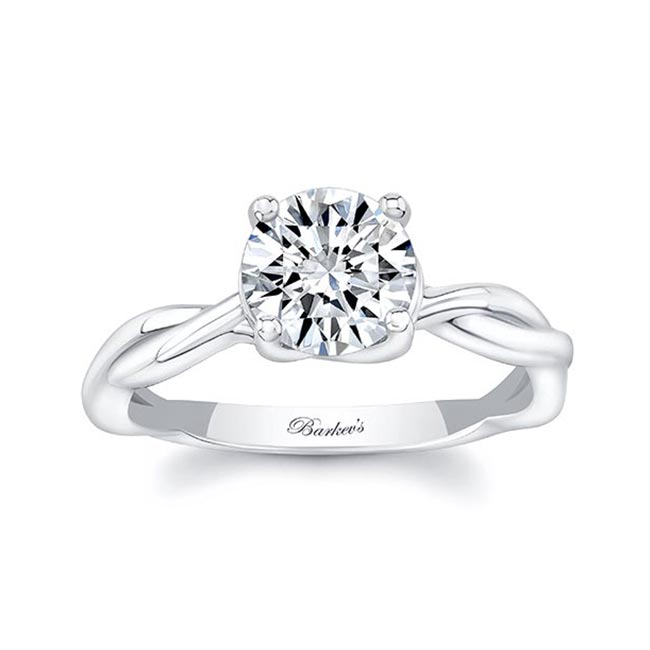
Can You Tell The Difference?
So, humanity has figured out how to make something in a couple of days or months that takes nature billions of years. You’d think there’s no way they could compare.
What’s the difference between lab-grown and earth-grown diamonds? The answer is: there’s virtually no difference.
That’s right, lab-grown diamonds and natural diamonds are indistinguishable under the naked eye. Even skilled jewelers often cannot tell a “fake” diamond apart from a natural one.
The only way to distinguish between the two is by using special equipment to examine molecular-level characteristics. These microscopic differences don’t make artificial diamonds inferior in any way. They’re just as hard, just as strong, and just as beautiful.
Benefits of Lab-Grown Diamonds
Once you’ve gotten over the shock of how good lab-grown diamonds can be, let’s take a look at the benefits they offer. Man-made or not, there are a ton of good reasons to get one.
Price of Diamonds
Diamonds are notoriously expensive. It’s not just the exorbitant cost of mining them that’s the problem. For many years, big diamond companies like De Beers have created artificial scarcity.
Artificial diamonds have changed the game for the diamond industry forever. They have all the qualities you want in a diamond for a fraction of the price. Just look at the market, where they are outselling their natural counterparts.
Artificial diamonds are much, much cheaper because of their less resource-intensive manufacturing process. You can get them for as much as 80% less than natural options.
If you want an affordable engagement ring, go for an artificial diamond. You’ll get the same diamond brilliance and diamond clarity.
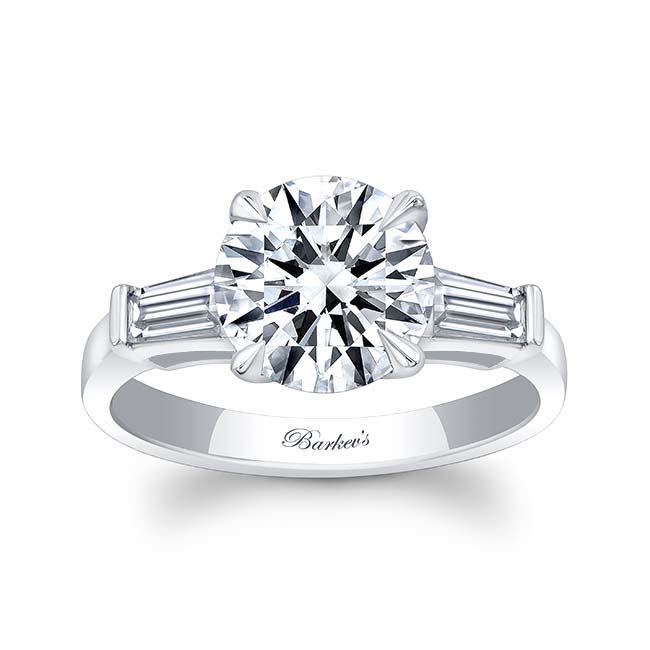
Diamond Color
Diamonds come in many colors. Blue diamonds, black ones, and even red. These diamonds have the same crystal structure, with the inclusion of chemicals like Boron, to make for a unique coloration.
Of course, these diamonds are more rare and sometimes more expensive. Artificial methods, however, can also produce these gorgeous diamonds with every color of the rainbow.
If lab technicians can make it, then you can buy it.
Diamond Cut and Carat Weight
Artificial diamonds are identical to natural ones where it matters most. You can get the same cuts and shapes as you might find in natural diamonds. They’re just as durable, and could easily become the engagement ring you pass down to your children.
Looking for a bigger diamond? Price is a huge obstacle when you’ve got your eye on a large, shiny ring that’s out of your budget. Thanks to artificial diamonds, you can still get what you want in an acceptable price range.
It’s an open question whether or not you can resell an artificial diamond for a good price. Some people are opposed to them on the basis of tradition. Many jewelers would tell you an artificial diamond is not the same, but that’s really just an opinion.
The industry is changing as we speak. Just a decade or two ago natural diamonds were king. Now they’re being edged out of the market.
Things might be very different in a few years. Wait a decade or two, and your artificial diamond ring might be worth just as much as a natural one. Only time will tell.
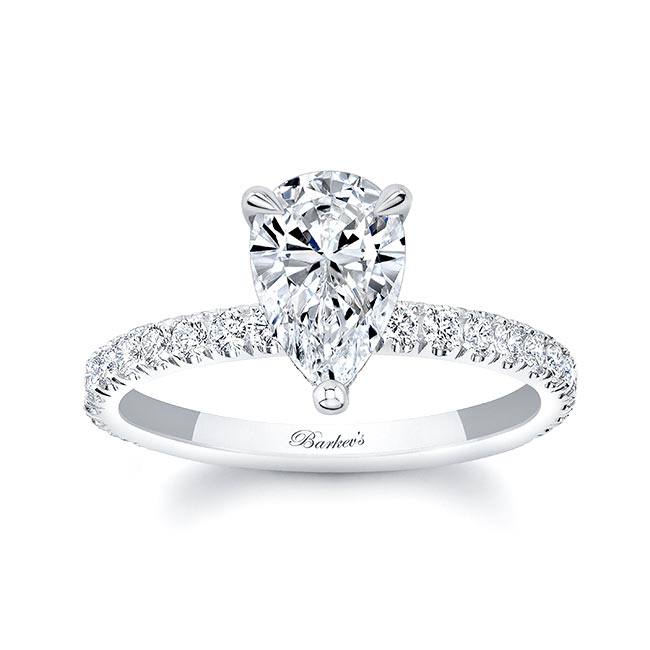
Should You Get a Natural or Artificial Diamond?
So, the big question. You know that artificial diamonds are, for all intents and purposes, diamonds. Natural diamonds have no practical advantage over them.
The biggest reason to go for artificial diamonds is the price. Young couples looking to get engaged want to save money for a home and kids. An artificial gemstone gives you top-notch jewelry without breaking the bank.
Even if you have more money, why spend an arm and a leg just because a diamond is “real?” If it walks like a duck and quacks like a duck, it’s a duck!
Find the Best Diamond Jewelry at Barkev’s
Lab-grown vs. natural diamonds: is there any difference? Unless you have a microscope and a PhD, you won’t be able to tell. Artificial diamonds have all the properties of natural ones while being much more affordable.
Barkev’s has been in the diamond business since the early 80s. We offer excellent designs for excellent prices. Take a look at our engagement and wedding rings-both with natural and artificial diamonds!


